The teams of the CSTB mobilize experimental and digital resources for large-scale and small-scale studies to optimize solutions that guarantee the stability, resistance and performance of structures, thereby achieving safety and comfort.
Expertise
The research teams offer a wide variety of cutting-edge combined experimental and digital services in aerodynamics, for a broad assortment of applications:
Buildings, including museums and buildings open to the public, high-rise buildings, bridges, stadiums, cranes, ships…
- Pre-sizing of structures
- Analysis of the aerodynamic forces exerted on buildings (local and overall loads and dynamic contribution)
- Dynamic response of bridges on small-scale aeroelastic models
- Study of the wind resistance and vibration behavior of structures (full scale)
- Study of the aeroacoustic behavior of structures.
- Aerothermodynamics of large volumes.
- Simulation of indoor ventilation systems
- Calculation of the transport of pollutants and plume behavior, accounting for thermal phenomena
- Studying the behavior of marine structures and oil rigs; the offshore industry and wind turbines
- Analysis of site effects on cranes
- Characterization and optimization of wind comfort
Automotive and rail
- External aerodynamics and internal airflow
- Display and measurement of water flows on bodywork and windows
- Qualification of the operation of windshield wiping systems up to 250 km/h
- Analysis of two-phase flows (rain, snow, sand and dust)
- Optimization of competition vehicles
- Study of the behavior of trains in crosswinds and resistance to forward motion
- Aerodynamic analysis of appendages, including pantographs
Automotive and rail
- External aerodynamics and internal airflow
- Display and measurement of water flows on bodywork and windows
- Qualification of the operation of windshield wiping systems up to 250 km/h
- Analysis of two-phase flows (rain, snow, sand and dust)
- Optimization of competition vehicles
- Study of the behavior of trains in crosswinds and resistance to forward motion
- Aerodynamic analysis of appendages, including pantographs
All of the sectors concerned
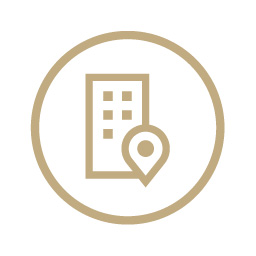
Buildings
& Components

Civil engineering
works
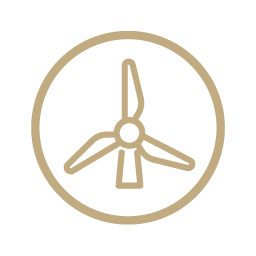
Renewable
energies

Automotive

Rail
transport
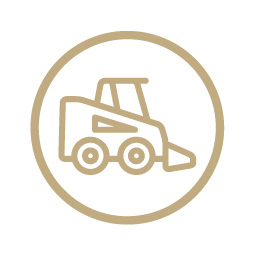
Industrial machines
& equipment

Defence
Resources
Combined experimental and digital methods
- Visual displays of flows
- Laser surface velocimeter analysis using Particle Image Velocimetry (PIV)
- Trajectography
- Displacement sensors, accelerometers
- Dynamometric scales
- High-resolution, high-frequency pressure measurements
- Exciters, shakers, etc.
- Digital simulation (CFD) of aerodynamic and two-phase flows
Technological platforms
- Jules Verne climatic wind tunnel for small-scale or full-scale prototypes
- Atmospheric wind tunnels for reduced scale models
- Dedicated test benches: 4x4 roller benches, brake test benches, ground movement
- Bench for evaluating the airflow performance of smoke vents and static extractors

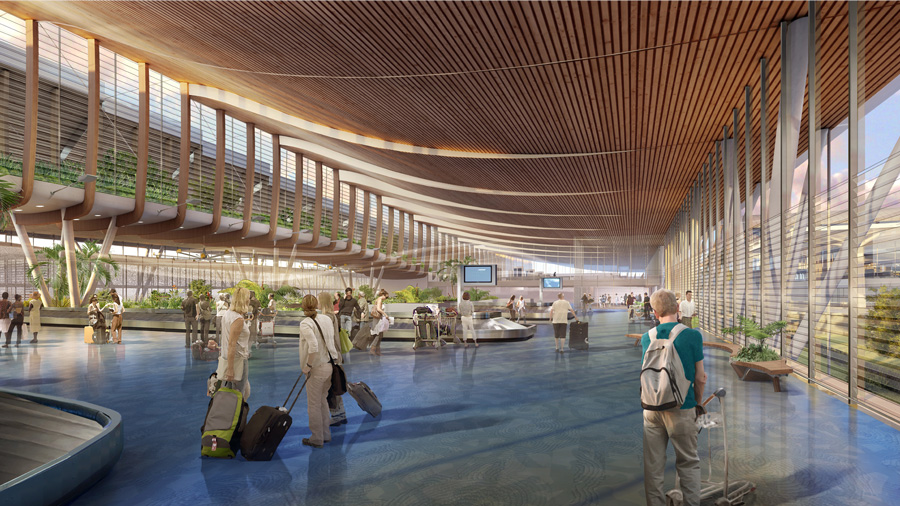
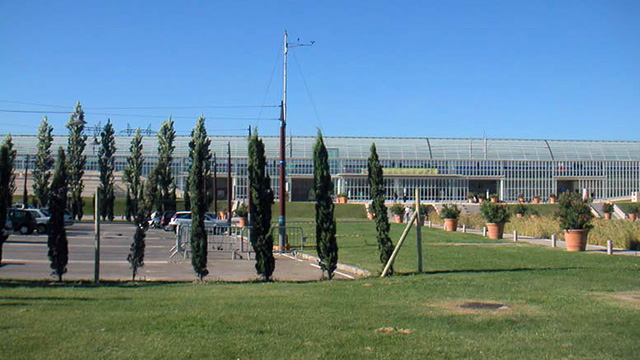
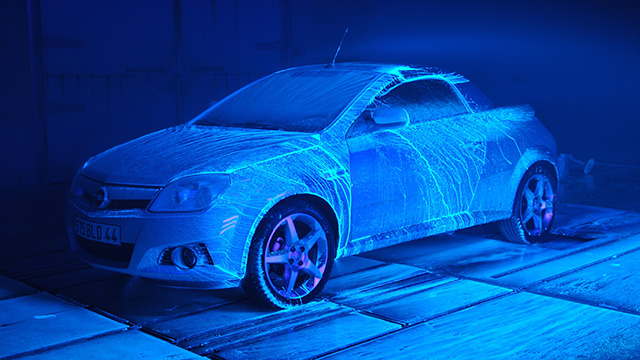

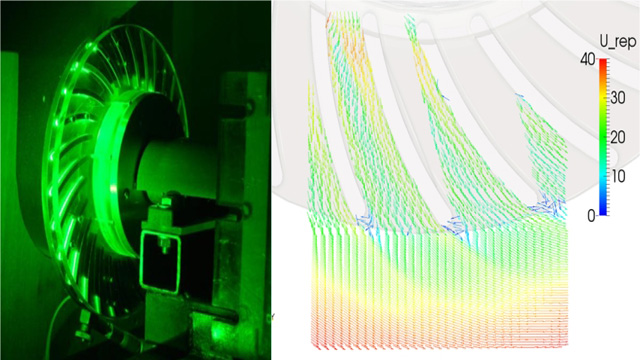
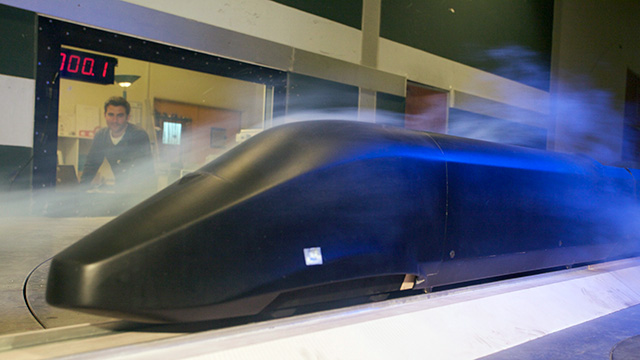
 Major Structures
Major Structures 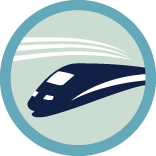 Transportation
Transportation  Health & Comfort
Health & Comfort